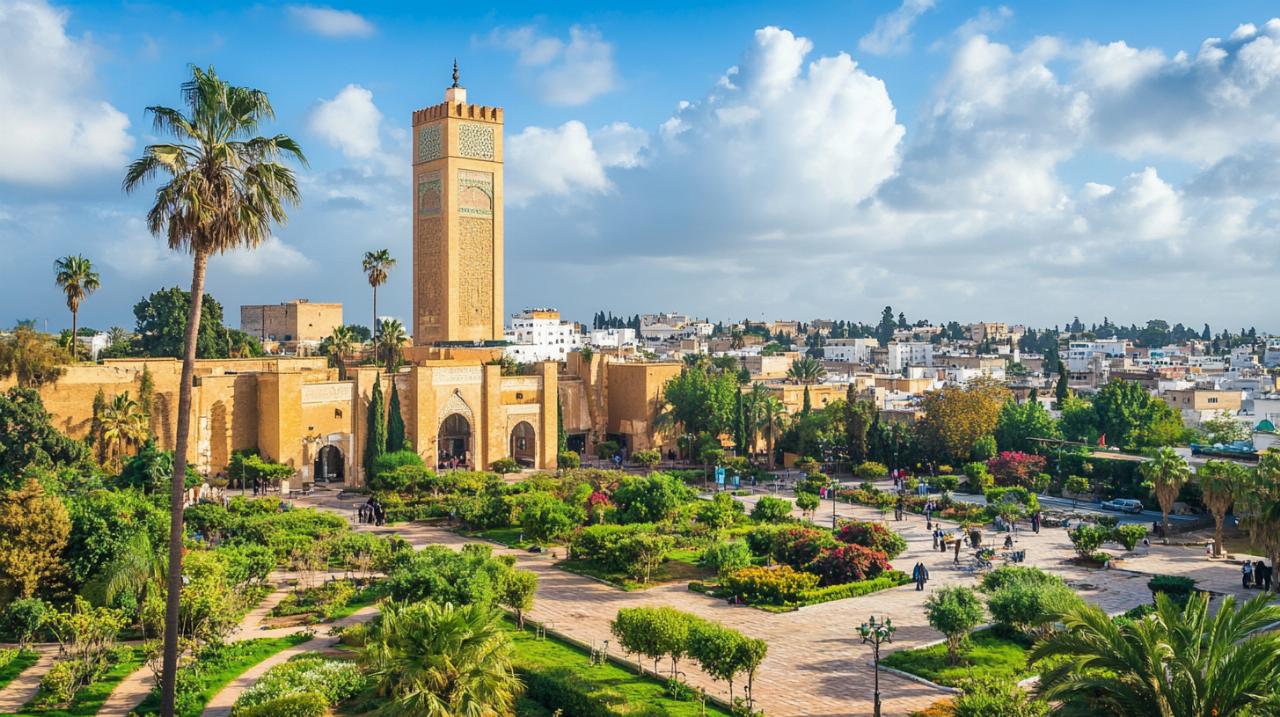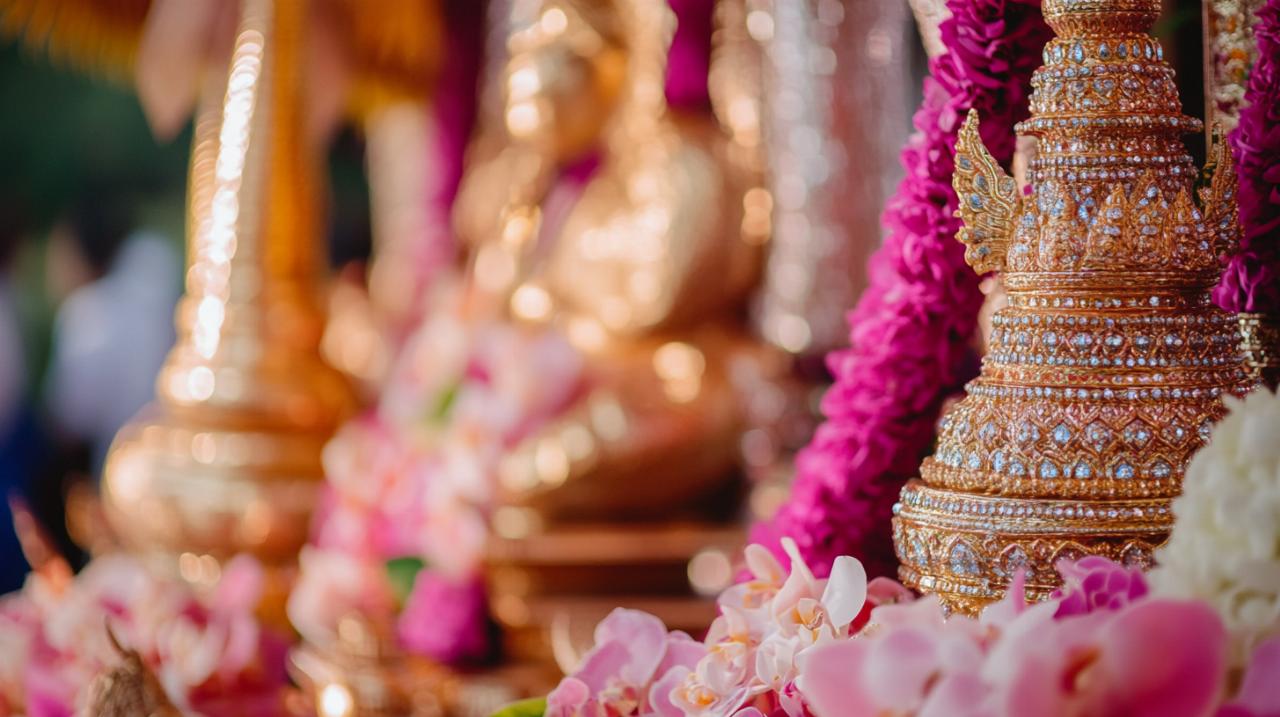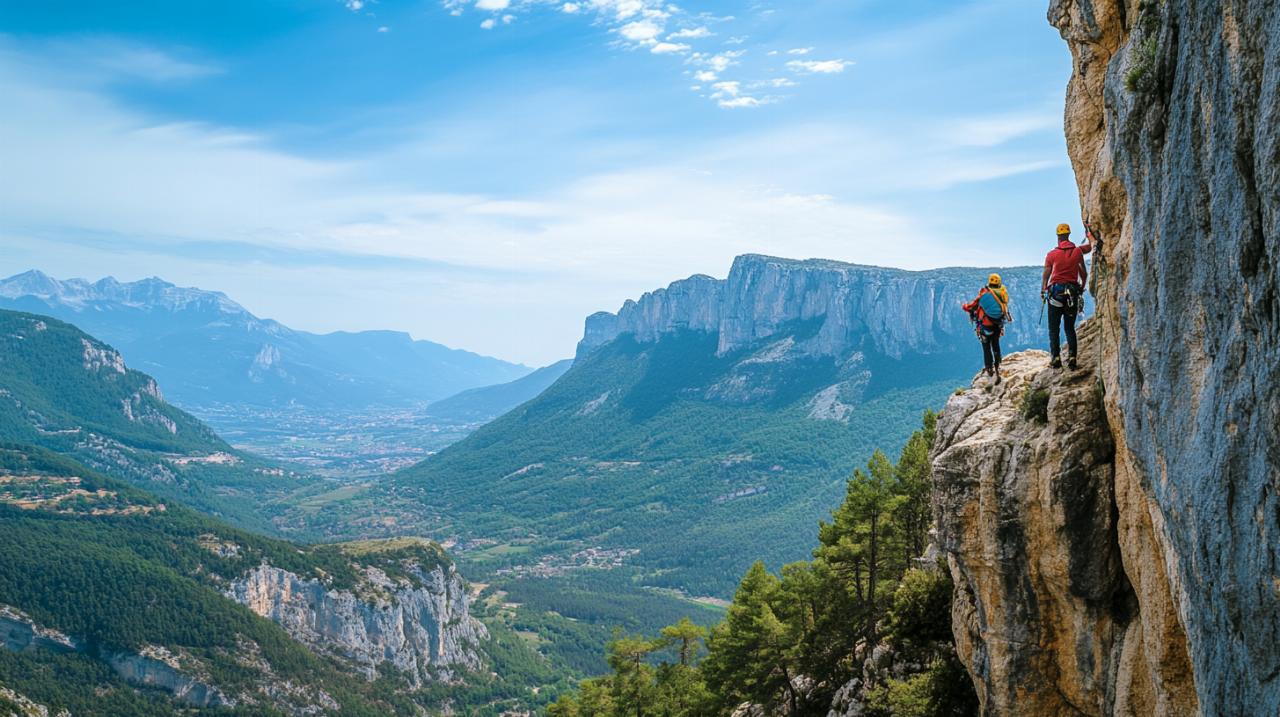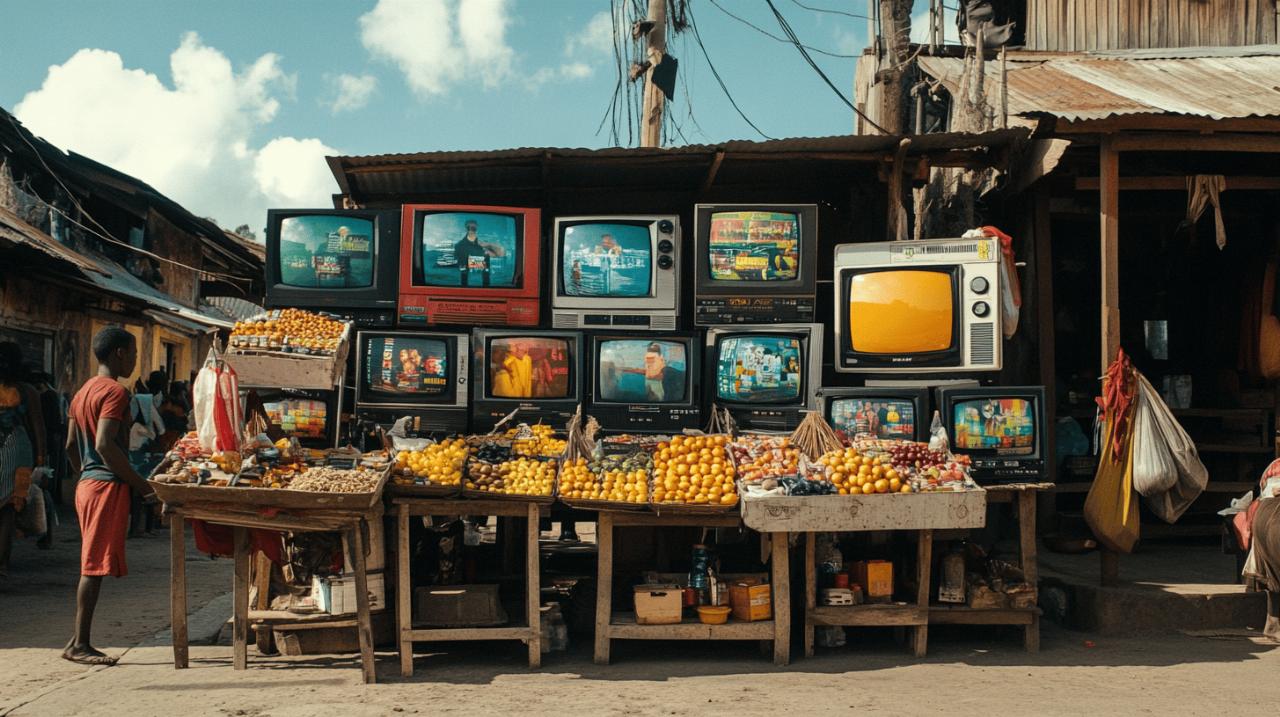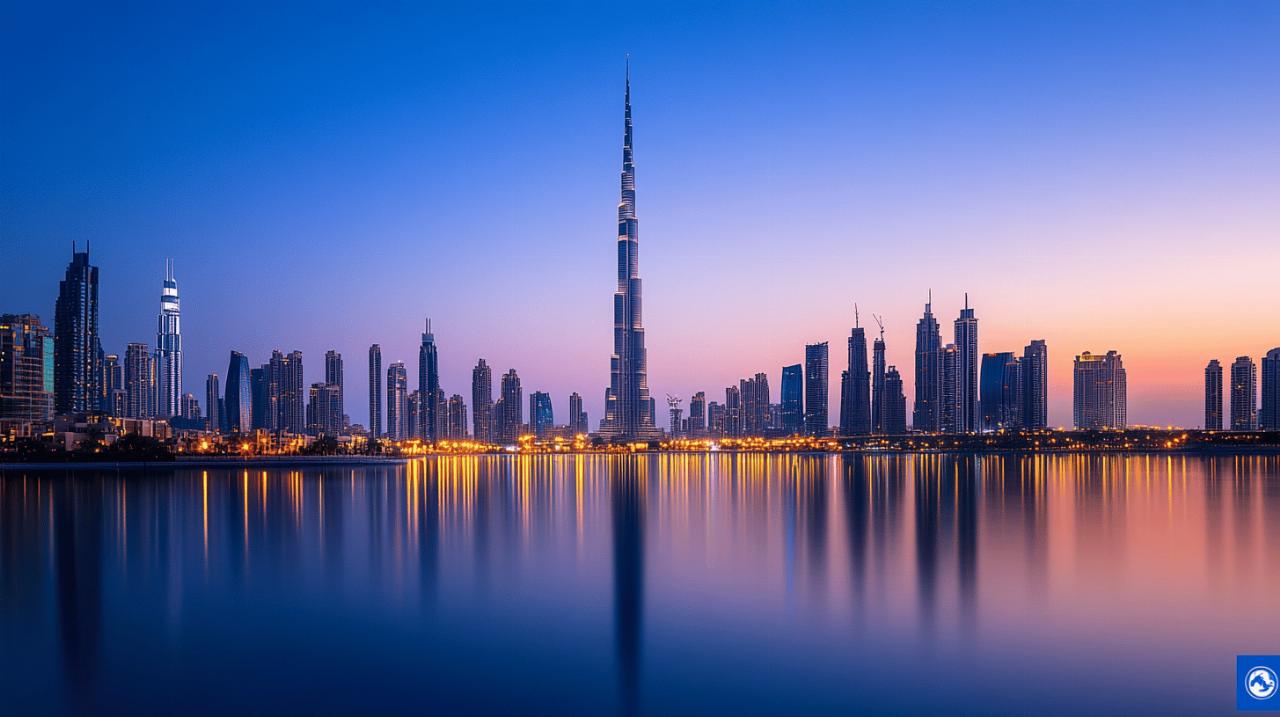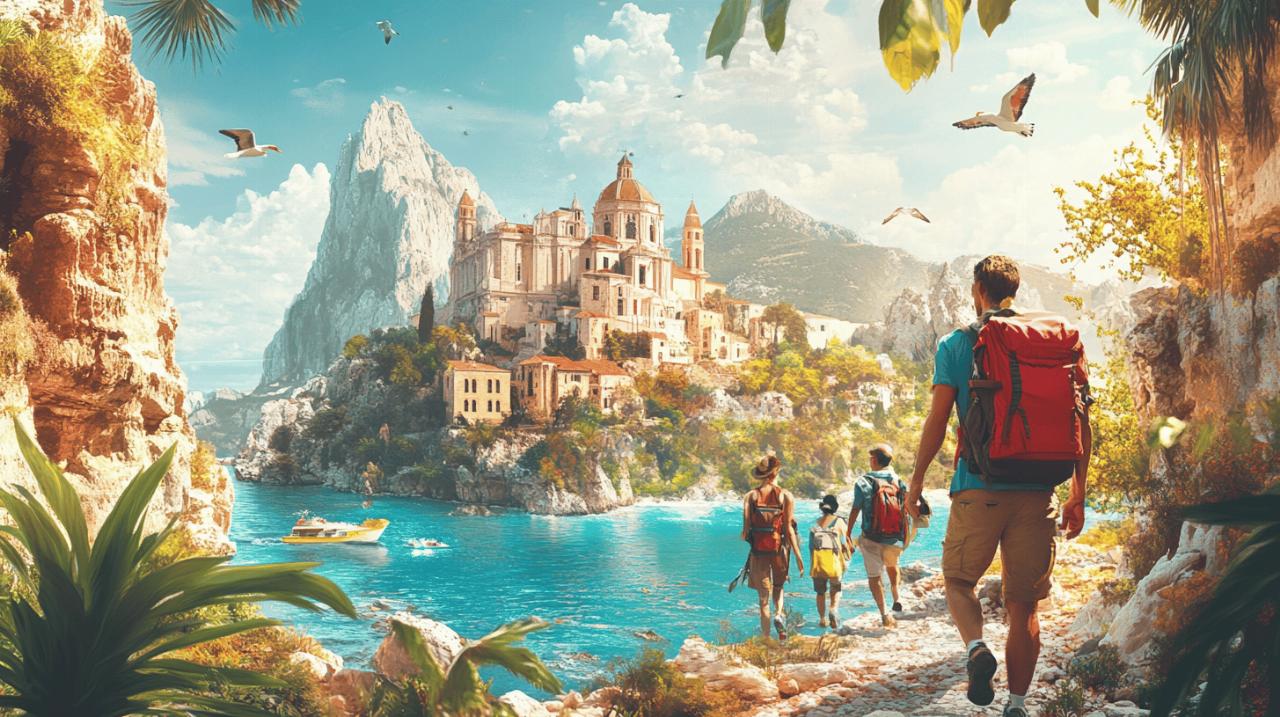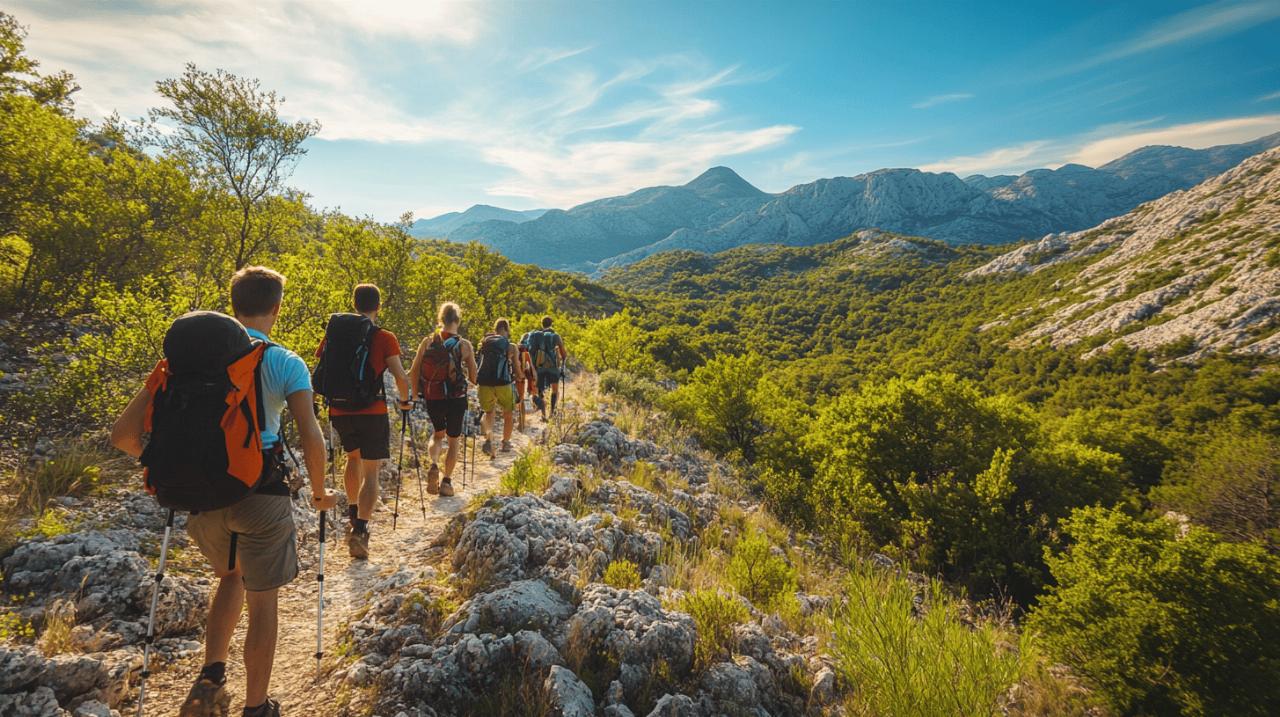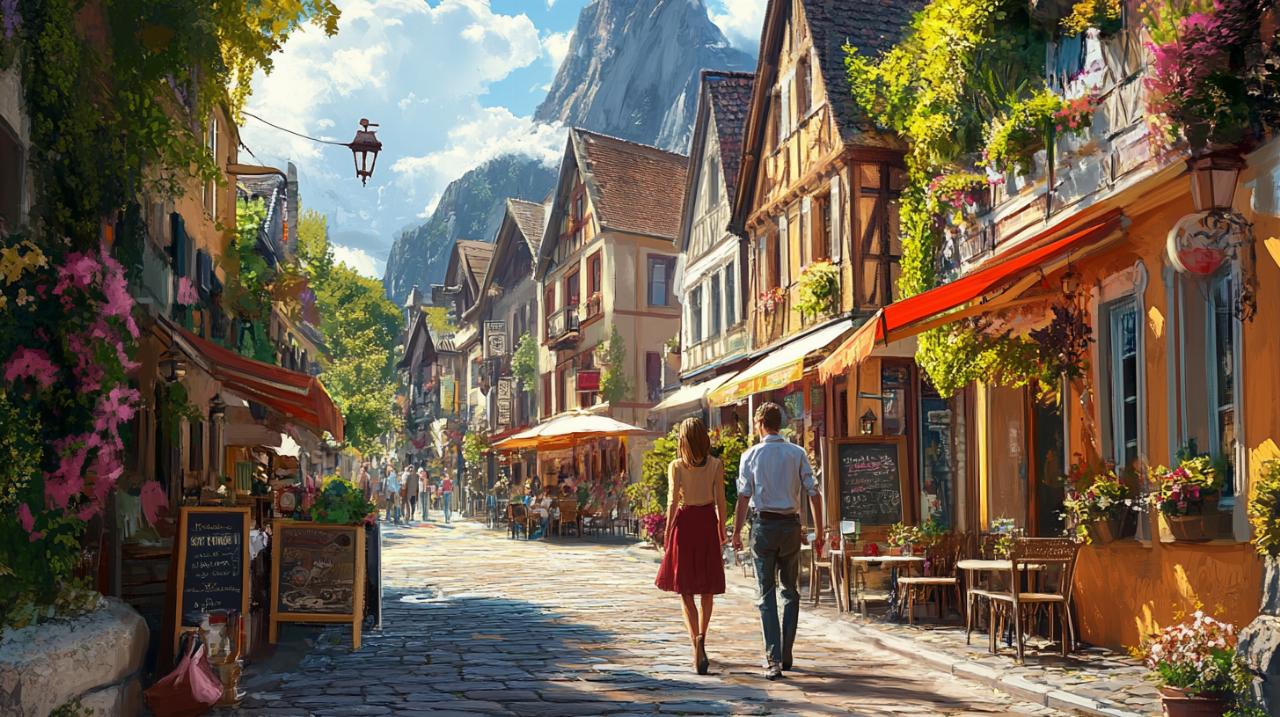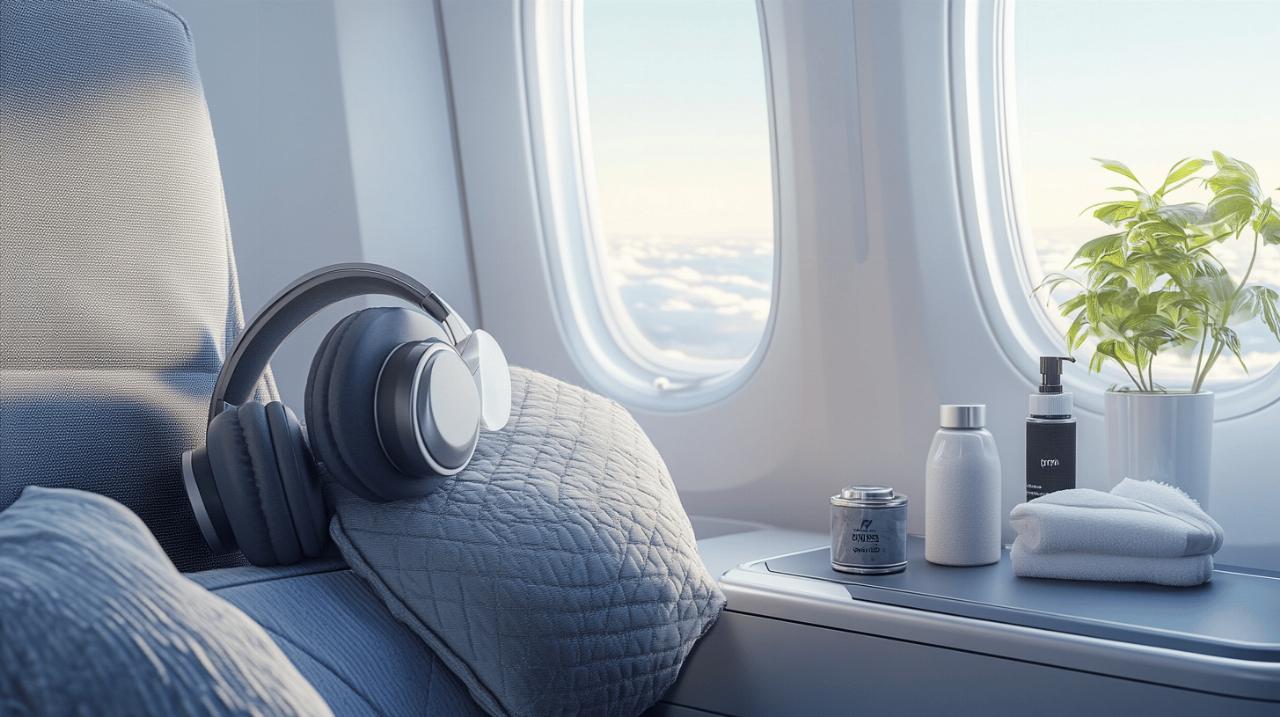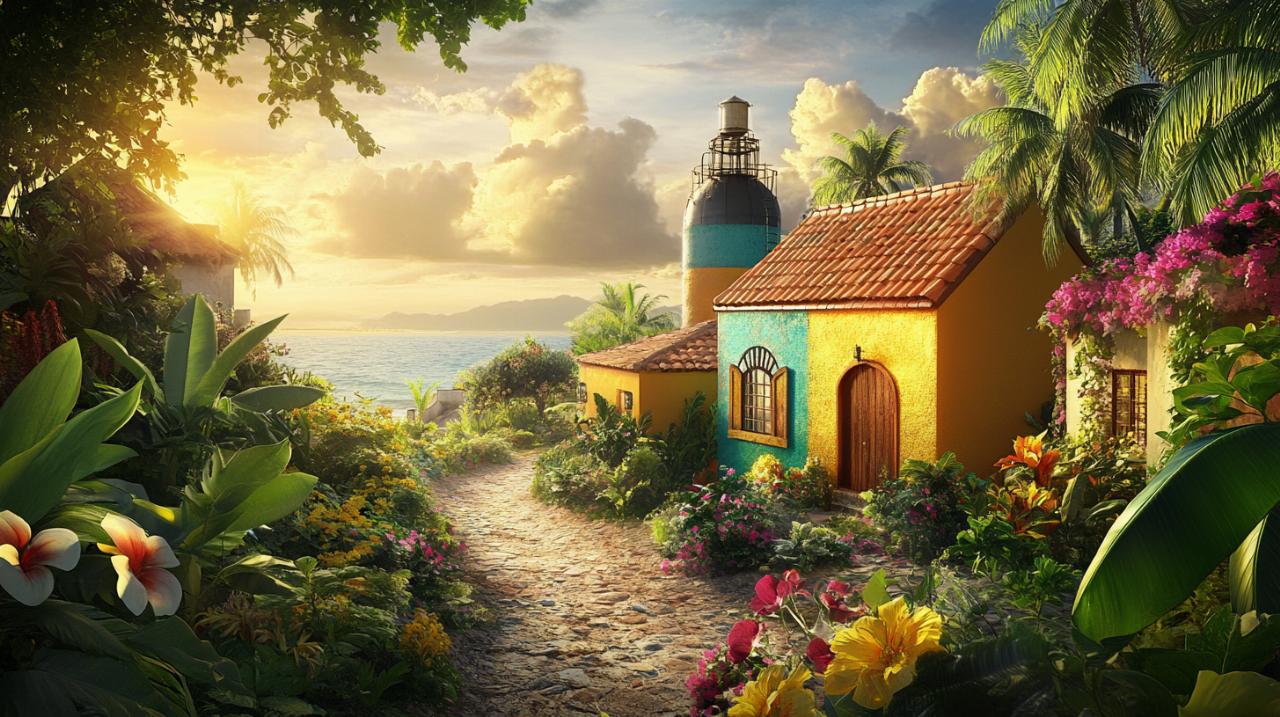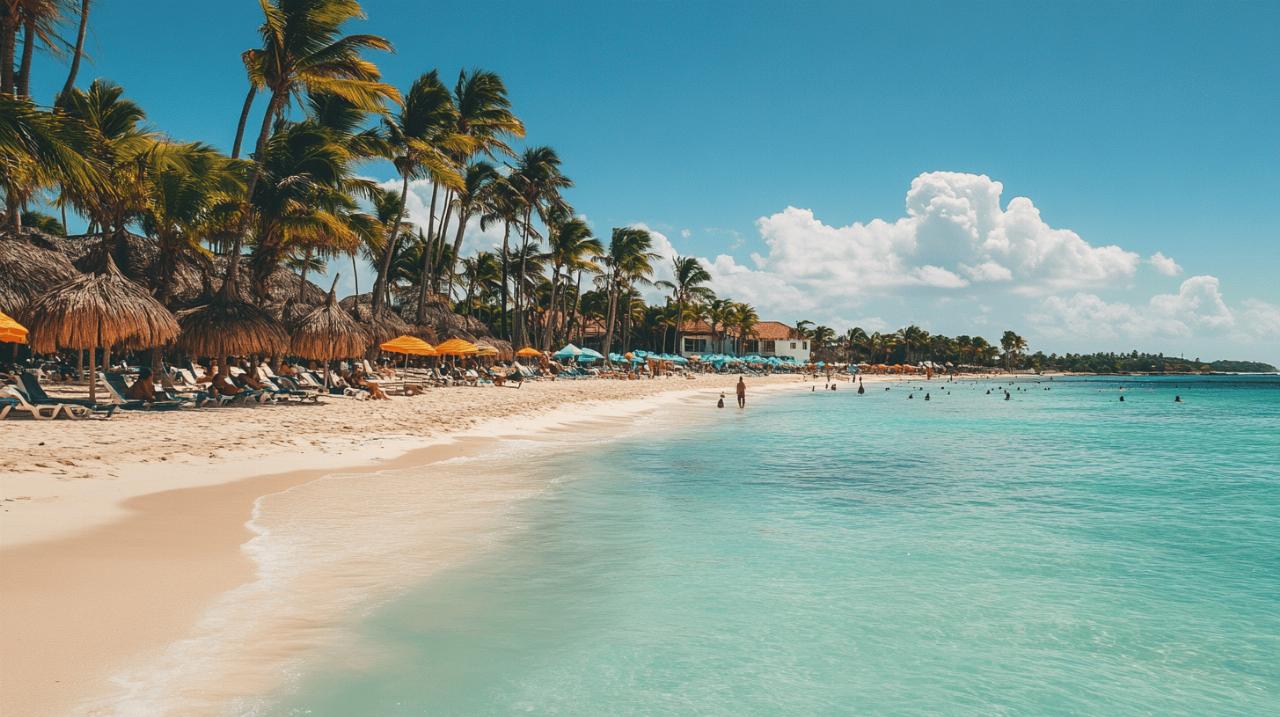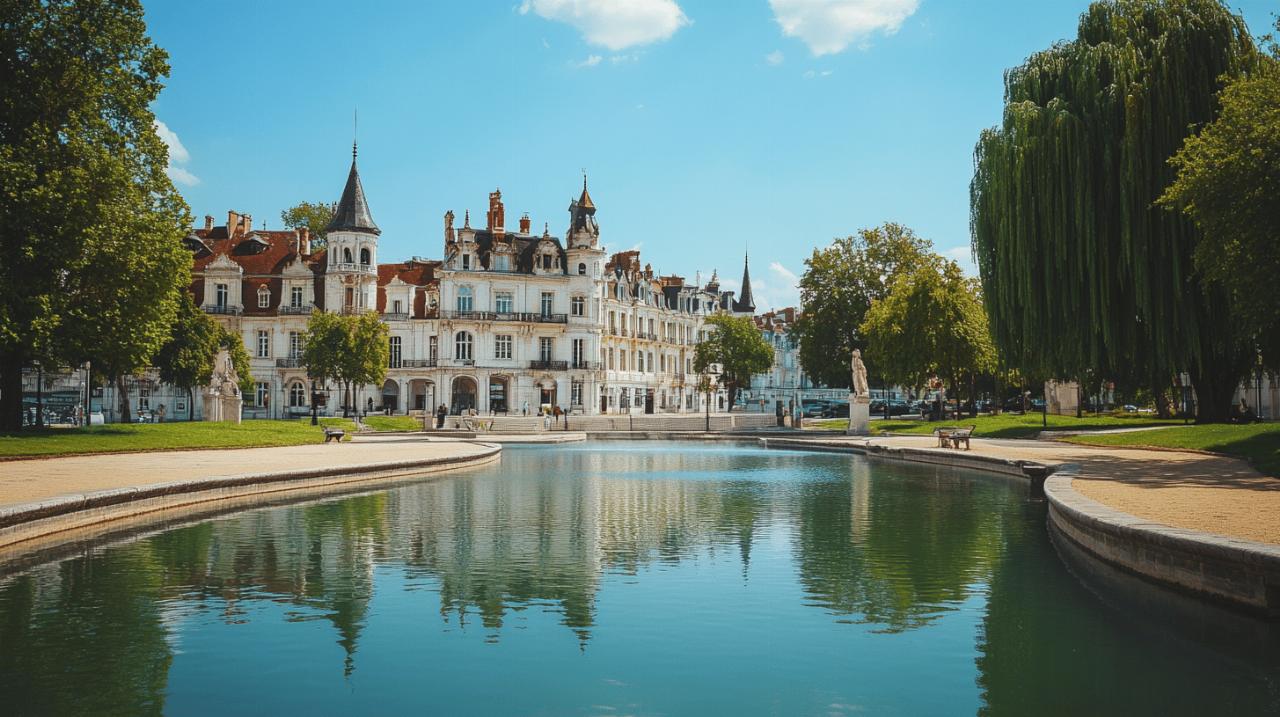Nestled along the Atlantic coastline, Rabat stands as a remarkable testament to Morocco's ability to honour its storied past whilst embracing the rhythms of modern life. As the nation's capital, this city offers visitors a rare glimpse into a world where centuries-old ramparts and medieval streets coexist harmoniously with contemporary boulevards and cosmopolitan culture. From the moment one arrives, it becomes clear that Rabat is not merely a destination to observe but an experience to immerse oneself in, where every corner reveals a new layer of history, artistry, and vibrant Moroccan spirit.
Rabat's historic treasures: a journey through time
Rabat's historical landscape is nothing short of captivating, with landmarks that transport visitors back through the centuries. The city's origins trace back to the 12th century when the Almohad dynasty established it as a significant centre of power and culture. This rich heritage is woven into the very fabric of the city, with architectural marvels and ancient sites that continue to fascinate historians and travellers alike. Walking through these spaces, one can almost hear the whispers of the past, telling tales of empires, conquests, and the evolution of a city that has witnessed the ebb and flow of time.
The Majestic Hassan Tower and Mausoleum of Mohammed V
Among Rabat's most iconic structures is the Hassan Tower, an incomplete minaret that reaches an impressive 44 metres into the sky. Originally envisioned as part of a grand mosque during the 12th century, the tower stands as a poignant reminder of ambitions that were never fully realised. Despite its unfinished state, the Hassan Tower commands attention with its intricate stonework and the sheer scale of its construction. Adjacent to this historic monument is the Mausoleum of Mohammed V, a stunning example of modern Moroccan architecture that honours the late king and his sons. The mausoleum's gleaming white marble, ornate zellige tilework, and serene atmosphere create a space that is both reverent and awe-inspiring. Visitors often find themselves pausing to admire the craftsmanship and the peaceful ambiance that pervades this sacred site. Together, the Hassan Tower and the mausoleum form a compelling narrative of Morocco's journey through history, from medieval grandeur to contemporary reverence.
Exploring the enigmatic chellah necropolis
A short distance from the bustling medina lies the Chellah, a site that offers a fascinating glimpse into both Roman and Islamic history. This ancient necropolis, with its crumbling walls and overgrown pathways, exudes an atmosphere that is at once haunting and beautiful. The Chellah's Roman ruins stand as silent witnesses to a time when this area was a thriving settlement, whilst the later Islamic additions reflect the layers of civilisation that have called this place home. Storks nest atop the weathered minarets, adding a touch of life to the otherwise tranquil ruins. Wandering through the Chellah, one can explore remnants of ancient baths, temples, and tombs, each telling a story of the people who once inhabited this land. The site's serene gardens and the gentle rustling of leaves create a contemplative environment, making it an ideal spot for those seeking to connect with Rabat's deep historical roots. The Chellah is more than just a collection of ruins; it is a place where history feels tangible and the passage of time is palpable.
The Kasbah of the Oudayas: Where Tradition Meets Tranquillity
Perched on a bluff overlooking the Atlantic Ocean, the Kasbah of the Oudayas is one of Rabat's most enchanting neighbourhoods. Built in the 12th century, this fortified area has retained much of its original character, offering visitors a chance to step back in time and experience the charm of traditional Moroccan life. The kasbah's narrow lanes, whitewashed houses, and vibrant blue accents create a picturesque setting that feels worlds away from the hustle and bustle of the modern city. It is a place where the past is lovingly preserved, and the rhythms of daily life continue much as they have for centuries.
Wandering Through the Blue and White Streets
The streets of the Kasbah of the Oudayas are a visual delight, with their distinctive blue and white colour scheme evoking the Andalusian heritage that has so profoundly influenced this region. As one meanders through the labyrinthine pathways, the architecture tells a story of cultural exchange and artistic expression. The Andalusian gardens, tucked within the kasbah, offer a tranquil retreat with their manicured lawns, fragrant orange trees, and elegant fountains. These gardens are a testament to the aesthetic sensibilities that were brought to Morocco from southern Spain, blending seamlessly with local traditions. The Oudaia Museum, housed within the kasbah, provides further insight into the area's history and artistic legacy, showcasing traditional Moroccan crafts and artefacts. Each corner of this neighbourhood invites exploration, whether it is the sight of children playing in the alleyways, the scent of freshly baked bread wafting from a local oven, or the sound of waves crashing against the rocks below.
Panoramic views across the bou regreg river
One of the most rewarding aspects of visiting the Kasbah of the Oudayas is the stunning vistas it offers. From various vantage points along the ramparts, visitors are treated to sweeping views of the Bou Regreg River as it flows into the Atlantic Ocean. The sight of fishing boats bobbing on the water, the distant outline of Salé on the opposite bank, and the endless expanse of the ocean create a scene of tranquil beauty. These panoramic views are particularly enchanting at sunset, when the sky is painted in hues of orange and pink, casting a warm glow over the entire landscape. It is a moment that encapsulates the serene charm of Rabat, where nature and history converge in perfect harmony. The kasbah's elevated position not only provides a strategic advantage but also offers a unique perspective on the city's relationship with the sea, a connection that has shaped its development and character throughout the ages.
Modern rabat: a capital embracing contemporary life
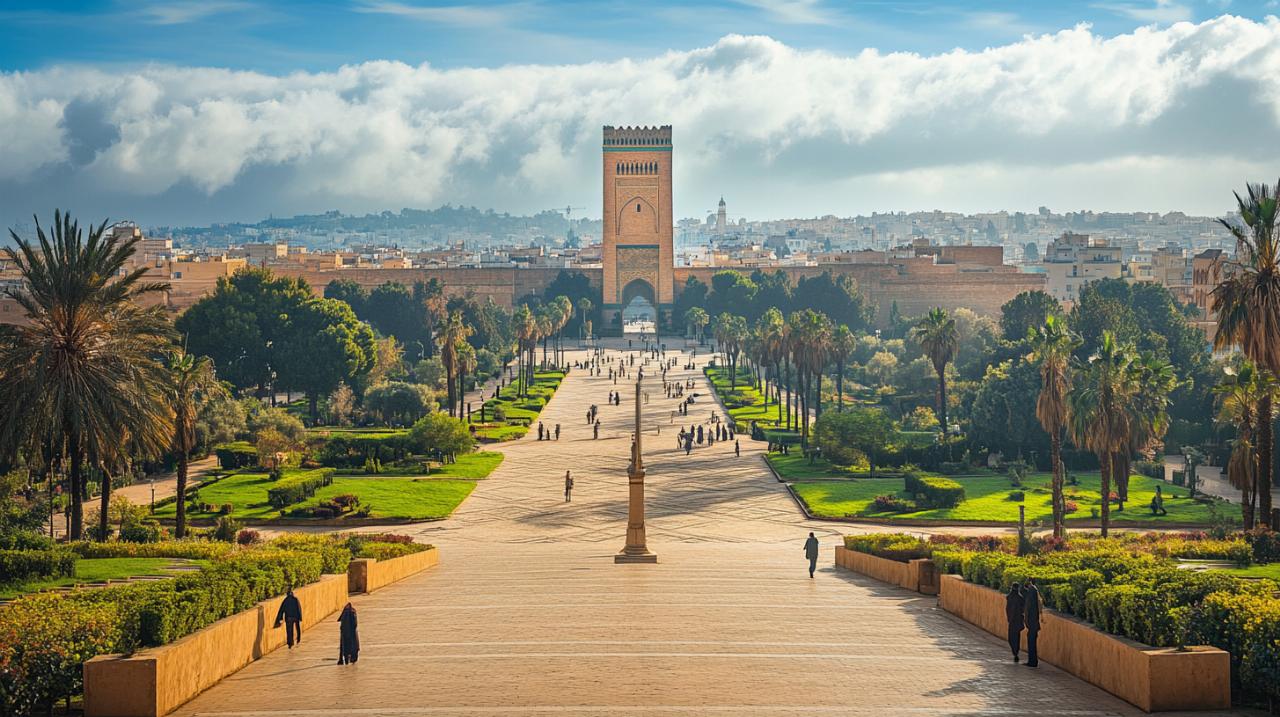 Whilst Rabat's historical sites are undeniably captivating, the city is equally distinguished by its embrace of modernity. The transition from the ancient medina to the Ville Nouvelle is a testament to Rabat's ability to evolve without losing sight of its heritage. This blend of old and new is what makes the city so compelling, offering visitors a multifaceted experience that ranges from exploring centuries-old souks to dining in chic, contemporary restaurants. Rabat's modernity is not a rejection of the past but rather a continuation of its story, demonstrating how a city can honour its roots whilst confidently stepping into the future.
Whilst Rabat's historical sites are undeniably captivating, the city is equally distinguished by its embrace of modernity. The transition from the ancient medina to the Ville Nouvelle is a testament to Rabat's ability to evolve without losing sight of its heritage. This blend of old and new is what makes the city so compelling, offering visitors a multifaceted experience that ranges from exploring centuries-old souks to dining in chic, contemporary restaurants. Rabat's modernity is not a rejection of the past but rather a continuation of its story, demonstrating how a city can honour its roots whilst confidently stepping into the future.
Ville nouvelle: the heart of modern moroccan urban living
The Ville Nouvelle, or New Town, represents Rabat's modern face, characterised by wide, tree-lined boulevards, elegant European-style architecture, and a cosmopolitan atmosphere. Established during the French Protectorate in the early 20th century, this district was designed to accommodate the administrative and diplomatic functions of the capital. Today, it serves as a vibrant hub of activity, home to government buildings, international embassies, upscale shops, and a thriving cultural scene. The Embassy District, in particular, exudes an air of sophistication, with its grand residences and manicured gardens. Walking through the Ville Nouvelle, one encounters a different rhythm of life compared to the medina, with cafes spilling onto pavements, modern boutiques showcasing the latest fashions, and a palpable sense of energy and ambition. This part of Rabat is where business is conducted, where contemporary Moroccan culture is expressed, and where the city's cosmopolitan identity truly shines.
Contemporary culture and cosmopolitan dining experiences
Rabat's modern identity is further reflected in its vibrant cultural scene and diverse culinary offerings. The city is home to numerous galleries, theatres, and cultural centres that celebrate both traditional Moroccan arts and contemporary creative expressions. Music festivals, art exhibitions, and theatrical performances are regular fixtures on the city's calendar, drawing audiences from across the country and beyond. When it comes to dining, Rabat offers a delightful array of options that cater to every palate. Traditional Moroccan cuisine, with its rich flavours and aromatic spices, can be savoured in local eateries where dishes like tagines and couscous are prepared with care. Street food vendors offer treats such as harcha, a satisfying semolina flatbread, and fresh seafood caught from the Atlantic waters. For those seeking a more contemporary experience, Rabat boasts a growing number of cosmopolitan restaurants that blend Moroccan ingredients with international culinary techniques. Cafes throughout the city serve the ubiquitous mint tea, a symbol of Moroccan hospitality, providing a perfect setting to relax and watch the world go by. Establishments such as STORY Rabat exemplify the fusion of Moroccan elegance and Andalusian charm, offering guests a luxurious retreat that captures the essence of the city's dual identity.
Unesco heritage and cultural fusion: why rabat captivates visitors
Rabat's designation as a UNESCO World Heritage site is a recognition of its unique character and the way it embodies the convergence of different cultural and historical influences. This status is not merely an accolade but a reflection of the city's significance as a place where diverse traditions have come together to create something truly special. From the Andalusian Wall, which stretches for approximately five kilometres and features imposing gates like Bab el Had, to the intricate craftsmanship found in the souks, Rabat is a living museum where heritage is both preserved and celebrated. The city's ability to maintain its historical integrity whilst adapting to contemporary needs is what captivates visitors and makes it an essential destination for anyone interested in experiencing the full spectrum of Moroccan life.
Understanding rabat's world heritage status
The recognition of Rabat as a UNESCO World Heritage site underscores the city's importance as a cultural and historical treasure. This status acknowledges the harmonious blend of medieval Islamic architecture, colonial-era planning, and modern urban development that defines the city. The Rabat Medina, with its labyrinthine streets and bustling souks, offers an authentic glimpse into traditional Moroccan life, whilst the Ville Nouvelle represents a vision of progress and modernity. The presence of the Mellah, Rabat's historic Jewish quarter, further highlights the city's multicultural heritage and the coexistence of different communities throughout history. Artisans continue to ply their trades on streets like Rue des Consuls, crafting exquisite carpets, ceramics, and metalwork that reflect centuries of skill and tradition. The souks themselves have evolved to accommodate modern conveniences, with many vendors now accepting card payments and even offering Wi-Fi, ensuring that the experience remains accessible to contemporary visitors. This blend of tradition and innovation is at the heart of what makes Rabat so compelling, demonstrating that heritage need not be static but can thrive in a dynamic, ever-changing world.
Planning your perfect holiday in morocco's unique capital
For those planning a holiday in Morocco, Rabat offers a distinctive alternative to the more frequently visited cities of Marrakech or Fez. Its blend of historical sites, modern amenities, and relaxed atmosphere makes it an ideal destination for travellers seeking a well-rounded Moroccan experience. Visitors can easily spend days exploring the ancient ruins of the Chellah, wandering through the blue and white streets of the Kasbah of the Oudayas, and admiring the architectural splendour of the Hassan Tower and the Mausoleum of Mohammed V. The city's markets, or souks, provide an opportunity to engage with local artisans and purchase unique handcrafted goods, from intricately woven textiles to beautifully decorated pottery. Culinary enthusiasts will relish the chance to sample both traditional and contemporary Moroccan cuisine, whilst those interested in culture can take advantage of the city's galleries, museums, and live performances. Rabat's coastal location also means that visitors can enjoy leisurely strolls along the Atlantic, taking in the fresh sea air and the rhythmic sound of the waves. Accommodation options range from luxurious hotels in the Embassy District to charming guesthouses within the medina, ensuring that every traveller can find a place that suits their preferences. With its unique fusion of the past and present, Rabat invites visitors to discover a Morocco that is both deeply rooted in tradition and confidently engaged with the modern world, making it a truly unforgettable destination.

